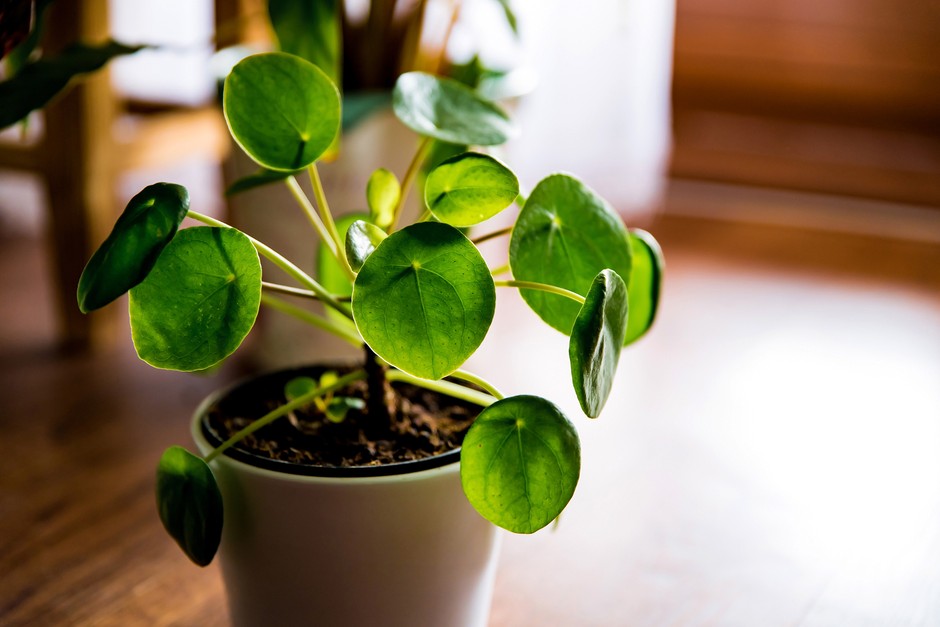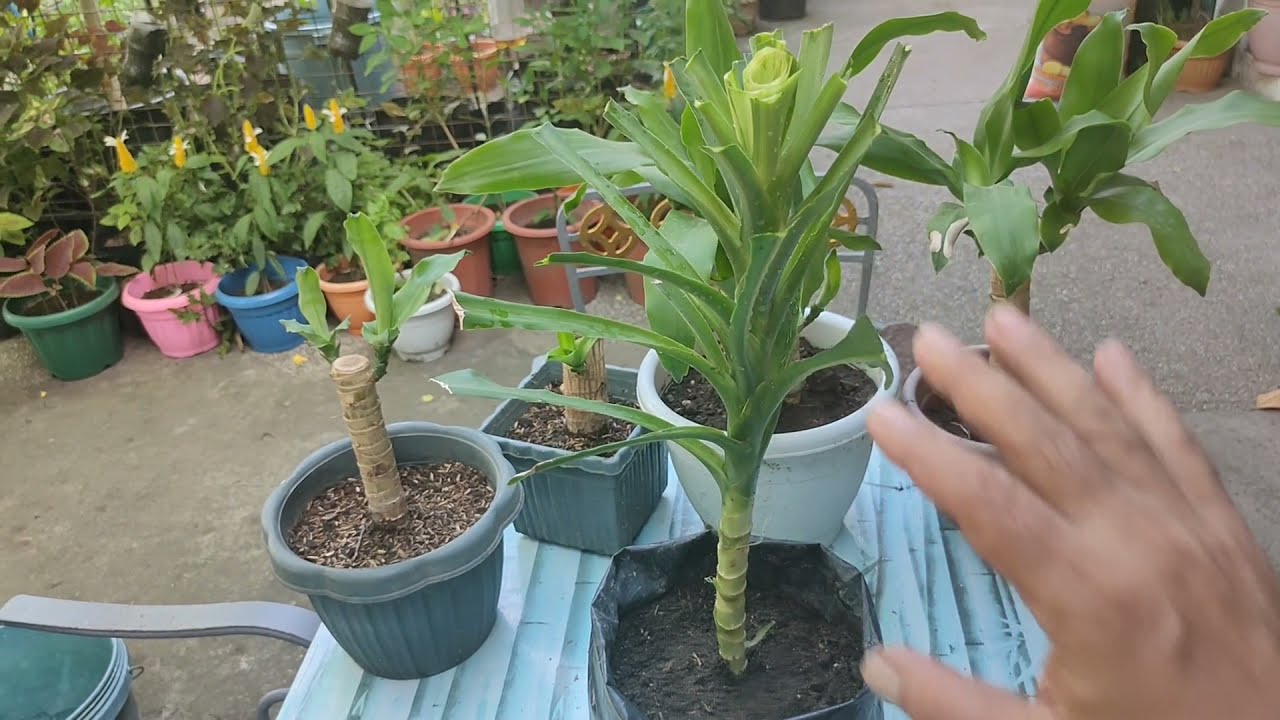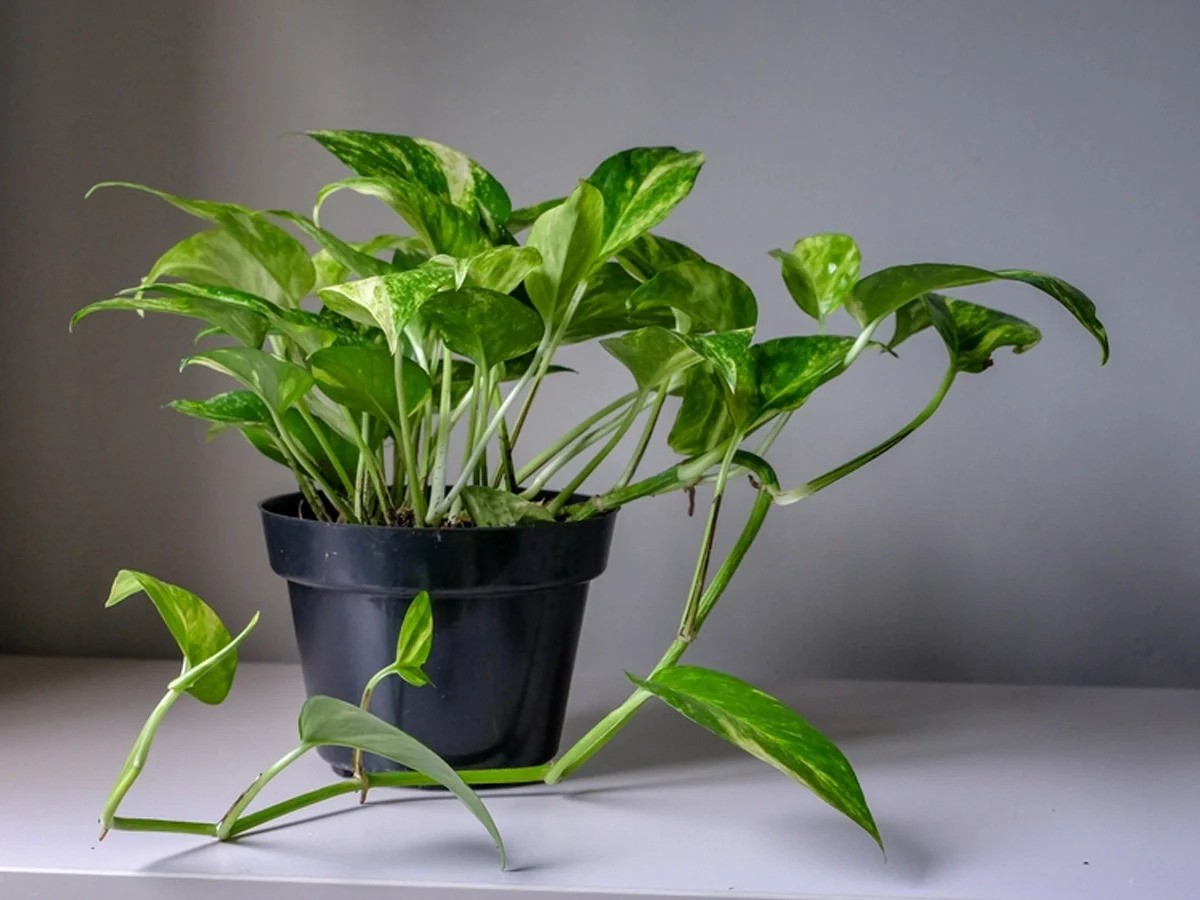Fortune Plant - A Guide To Fostering Wealth
Explore the fascinating significance of a fortune plant in fostering wealth. Discover the origins, care tips, and benefits of these beloved houseplants in a nutshell.
Author:Buttskin FamilyReviewer:Caden SteelheartFeb 23, 20248.3K Shares377.5K Views

Fortune plants are said to bestow wealth, success, and good fortune to their owners, and they have long been valued for their auspicious characteristics. In addition to homes, these plants may now be found in workplaces, shops, and other locations where people want abundance and good vibes. The fortunate bamboo, sometimes referred to as the money plant or fortune plant, has gained immense appeal as a representation of good fortune, wealth, and positivity.
In addition to discussing common myths and misconceptions, this article will examine the history, cultural importance, advantages, maintenance advice, and placement of fortune plants.
Origin And Significance To Culture
The fortune plant has its roots in ancient Chinese culture, where it is highly valued as a representation of wealth and prosperity. Dracaena sanderiana, sometimes referred to as Lucky Bamboo, has a long and colorful history filled with customs and symbolism. The fortune plant has a centuries-old mythology in Chinese culture, which tells of its mysterious ability to bestow good fortune and luck on its possessors.
It is a common choice for gifts and decorations for special occasions like weddings, birthdays, and business launches due to its connotation with riches and prosperity. Outside of China, the fortune plant has spread to many other civilizations, each of which has given it a special meaning and interpretation. Fortune plant placement is especially significant in Feng Shui, an old Chinese technique for balancing energy in the surrounding space.
The arrangement and quantity of stalks are thought to draw different kinds of blessings and luck. The fortune plant is linked to the Japanese idea of "Kansei," which denotes the pursuit of elegance and simplicity in day-to-day living. These principles are embodied in its sleek and minimalist design, which makes it a popular option for boosting the visual attractiveness of interior spaces.
5 Types Of Fortune Plants
- Lucky Bamboo (Dracaena sanderiana)- Perhaps the most well-known and widely recognized fortune plant, lucky bamboo is native to tropical rainforests in Southeast Asia. It features long, slender stalks that resemble bamboo and is often cultivated in decorative arrangements, symbolizing good luck, prosperity, and longevity.
- Money Tree (Pachira aquatica)- Also known as the money plant or Guiana chestnut, the money tree is native to Central and South America. It is characterized by its braided trunk and glossy green leaves, which are believed to attract wealth and financial prosperity.
- Jade Plant (Crassula ovata)- Originating from South Africa, the jade plant is a succulent known for its thick, oval-shaped leaves and tree-like appearance. In Chinese culture, it is often referred to as the "money plant" and is believed to promote financial success and prosperity.
- Chinese Money Plant (Pilea peperomioides)- Native to the Yunnan province of China, the Chinese money plant has become increasingly popular as a symbol of good fortune and prosperity. It is characterized by its round, pancake-shaped leaves and is said to bring luck and abundance to its owner.
- Snake Plant (Sansevieria trifasciata)- Also known as mother-in-law's tongue, the snake plant is revered for its air-purifying properties and low maintenance requirements. In Feng Shui, it is believed to absorb negative energy and promote positive vibes, making it a popular choice for homes and offices.
5 Benefits Of Having A Fortune Plant
Beyond only its aesthetic value, having a fortune plant in your house or place of business can have other advantages. The following are some benefits of adding a lucky plant to your surroundings:
- Good Fortune and Prosperity - In many cultures across the world, fortune plants are connected to good fortune, money, and prosperity. You might draw prosperity and good vibes into your life by keeping a fortune plant in your area.
- Air Purification- A variety of lucky plants, including money trees and snake plants, are renowned for their ability to purify the air. By removing toxins and contaminants from the air, these plants can help you and your family live in a healthier indoor environment.
- Stress Reduction- Research indicates that caring for plants can have a relaxing effect on both the body and the mind. Taking care of a fortune plant can ease worry and tension while fostering relaxation and a sense of well-being.
- Increased Productivity- Research has shown that the presence of plants in the office can increase focus and productivity. Fortune plants may provide an environment that is friendlier and more lively, which will help you stay concentrated and involved in your work.
- Symbolic Significance- In addition to their health benefits, lucky plants frequently have inspirational and uplifting symbolic meaning. These plants can act as constant reminders of hope and opportunity in your life, whether it's the jade plant's tenacity or the lucky bamboo's growth and plenty.
How To Care For A Fortune Plant
Taking care of a fortune plant is an easy yet satisfying undertaking. To prevent overwatering and root rot, these hardy plants prefer to dry out in between waterings and flourish in indirect sunshine. It is essential to use soil that drains effectively to avoid water logging around the roots. Normal household humidity levels and moderate temperatures between 65°F and 75°F (18°C and 24°C) are excellent for their growth.
Apply a balanced liquid fertilizer diluted to half strength to your fortune plant during the growing season, which spans from spring to early October. By eliminating dead or yellowing leaves and encouraging bushier growth, routine pruning preserves the plant's beauty and health.
Where To Place A Fortune Plant
For your fortune plant to thrive, you must choose the ideal spot for it. It is ideal to place these plants next to a window where they can get bright, filtered light, as they do best in indirect sunlight. Since direct sunlight can scorch their leaves, keep them out of the sun.
Additionally, consistent temperatures between 65°F and 75°F (18°C and 24°C) are preferred by fortune plants. As a result, pick a location in your house that stays consistently between these two temperatures day and night. Keep them away from drafty spaces and heat sources like air vents, heaters, and radiators since these might generate temperature swings that could harm the plant.
FAQs About Fortune Plant
Do Fortune Plants Really Bring Good Luck?
Although there is no scientific proof that fortune plants can bring good fortune, a lot of people think that they do because of their positive energy and symbolic meaning.
How Often Should I Water My Fortune Plant?
Watering lucky plants carefully will help avoid overwatering and root damage. The soil should be allowed to dry out in between waterings.
Can I Keep A Fortune Plant In My Bedroom?
It is possible to keep lucky plants in bedrooms, but you must make sure they have enough airflow and keep them away from drafty windows or heating vents.
Conclusion
Fortune plants represent good fortune, wealth, and optimism. A fortune plant has a particular place in our hearts and homes. These plants are more than just beautiful; they are a symbol of growth and hope, a constant reminder of the boundless possibilities in life. We can bring prosperity and well-being into our lives by arranging lucky plants in our homes.
These fortune plant act as continual reminders to foster growth, both in our external environment and within ourselves. Fortune plants provide positive energy and inspiration to any environment, whether they are arranged as a centerpiece or on a desk.

Buttskin Family
Author
The Buttskins are a crazy author family who love writing, laughter, and eating an unhealthy amount of junk food. Mom Rockita started scribbling stories as soon as she could hold a pen, and Dad John didn't realize authoring children's books was a real job until after they were married.
Their kids have embraced storytelling at an early age. Little Lucy, age 5, dictates her colorful tales about dragons and princesses to her parents. Her 8-year old brother Jake collects scraps of paper to diagram his latest imaginary adventure involving ninjas and dinosaurs.

Caden Steelheart
Reviewer
Caden Steelheart, an enigmatic author, weaves tales that immerse readers in the depths of sin city's underbelly. With his words as a weapon, he crafts literary masterpieces that reflect the dark and dangerous spirit of the city. Caden's writing captures the gritty essence of sin city, delving into the intricacies of its characters and the moral complexities that define their existence.
Born amidst the shadows, Caden draws inspiration from the relentless chaos and unforgiving nature of the city. His words carry the weight of experience, creating a vivid and haunting portrayal of sin city's undercurrents. Through his stories, he explores the blurred lines between right and wrong, exploring themes of power, deception, and redemption.
Caden Steelheart's literary prowess has made him a name whispered in literary circles, captivating readers with his ability to immerse them in sin city's intricately woven tapestry. With each written word, he invites readers to journey into the darker realms of the human experience, offering them a glimpse into the secrets and sins that shape the city's inhabitants. Caden Steelheart, a master of capturing the essence of sin city through his writing, continues to captivate audiences with his haunting and evocative narratives.
Latest Articles
Popular Articles

